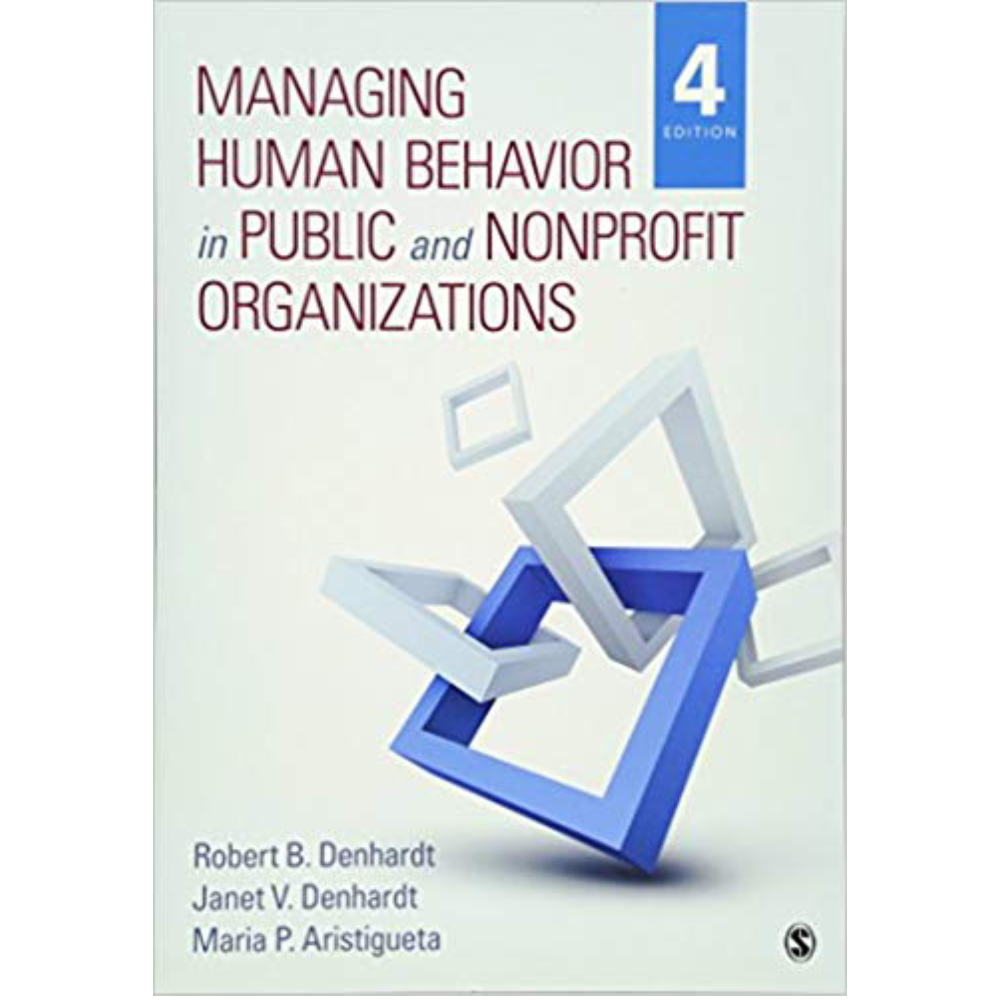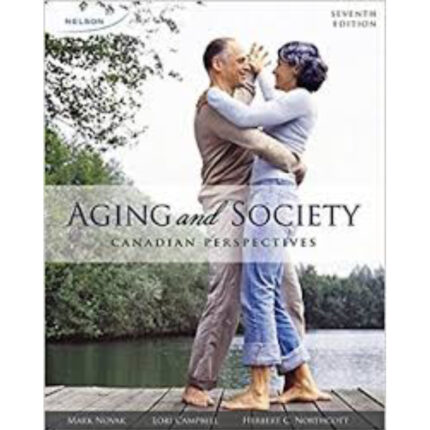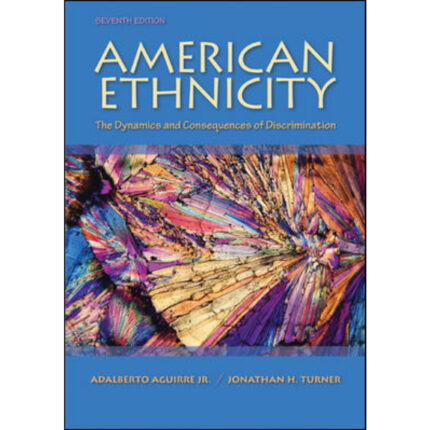Overview
Chapter 11:
Managing Conflict
Multiple Choice
1. ________ has been found to be an initial predictor of poor performance.
A) Satisfaction
B) Complacency
C) Contentment
D) Anxiety
Ans: B
2. When employees are ________, morale tends to be low and the amount of conflict increases.
A) Complacent
B) Anxious
C) Punished
D) Overwhelmed
Ans: D
3. Conflict:
A) Causes stress in the workplace.
B) Fosters tension and unhappiness in the workplace.
C) Fosters creativity in the workplace.
D) Causes interpersonal challenges in the workplace.
Ans: C
4. High levels of conflict on city councils were associated with:
A) Stress
B) Diminished performance
C) Failure
D) All of the above
Ans: D
5. The most common source of internal conflict in an organization is insufficient or unsatisfactory ________.
A) Consequences
B) Rewards
C) Communication
D) Leadership
Ans: C
6. The more we ________ other people, the more ________ we will be of their motives in conflicts.
A) Trust; certain
B) Disappoint; uncertain
C) Trust; uncertain
D) Disappoint; certain
Ans: A
7. Which of the following is NOT a benefit of conflict, according to Wagner and Hollenbeck?
A) Conflict provides a sense of identity and purpose.
B) Conflict serves as a motivation for stability.
C) Conflict helps to stabilize and integrate relationships.
D) Conflict provides opportunities to readjust valued resources.
Ans: B
8. Which of the following is NOT a principle of healthy conflict?
A) Create meaningful conversation
B) Make it material
C) Focus on the future
D) Pursue a noble purpose
Ans: A
9. Taking action to satisfy the other party’s needs and concerns is known as:
A) Assertiveness
B) Cooperativeness
C) Supportiveness
D) Aggressiveness
Ans: B
10. Which of the following is a way in which individuals might approach conflict?
A) Competition
B) Collaboration
C) Avoidance
D) All of the above
Ans: D













Reviews
There are no reviews yet.